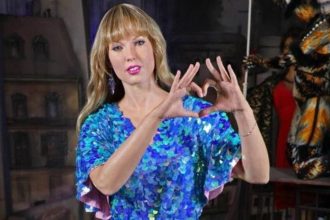The Vatican introduced new Artificial Intelligence-enabled services at St. Peter’s Basilica, providing virtual access to its Renaissance-era architectural treasures and enhanced tours for visitors.
These new experiences offer expanded virtual engagement and are timed for the Catholic Church’s Holy Year or Jubilee celebrations in 2025, which occur every 25 years.
Cardinal Mauro Gambetti, the archpriest of St. Peter’s, likened the basilica to “a starry sky on a summer night,” expressing that the new tools would serve as a telescope or spaceship, enhancing the viewing experience.
In partnership with Microsoft and Iconem, a firm specializing in digitalising heritage sites, the Vatican has launched an interactive website, a digital replica of the basilica, and two AI-powered exhibitions.
Between 40,000 and 50,000 people visit the basilica every day. To create a 3D model, drones, cameras, and lasers were used to scan the basilica. AI algorithms then processed, elaborated on, and completed the data.
Drones operated at night for four weeks, capturing over 400,000 photographs and gathering data equivalent to a six km-high column of DVDs. This data will also be crucial in preserving and restoring the site.
“We are bringing St. Peter’s not just to the world but to a new generation, using a language more accessible for our times,” said Microsoft President Brad Smith.
Pope Francis acknowledged AI’s role in expanding access to knowledge but emphasized its ethical use to benefit humanity. “The correct and constructive use of AI’s potential, which is undoubtedly useful but can be ambivalent, depends on us,” he stated during the project’s presentation.






